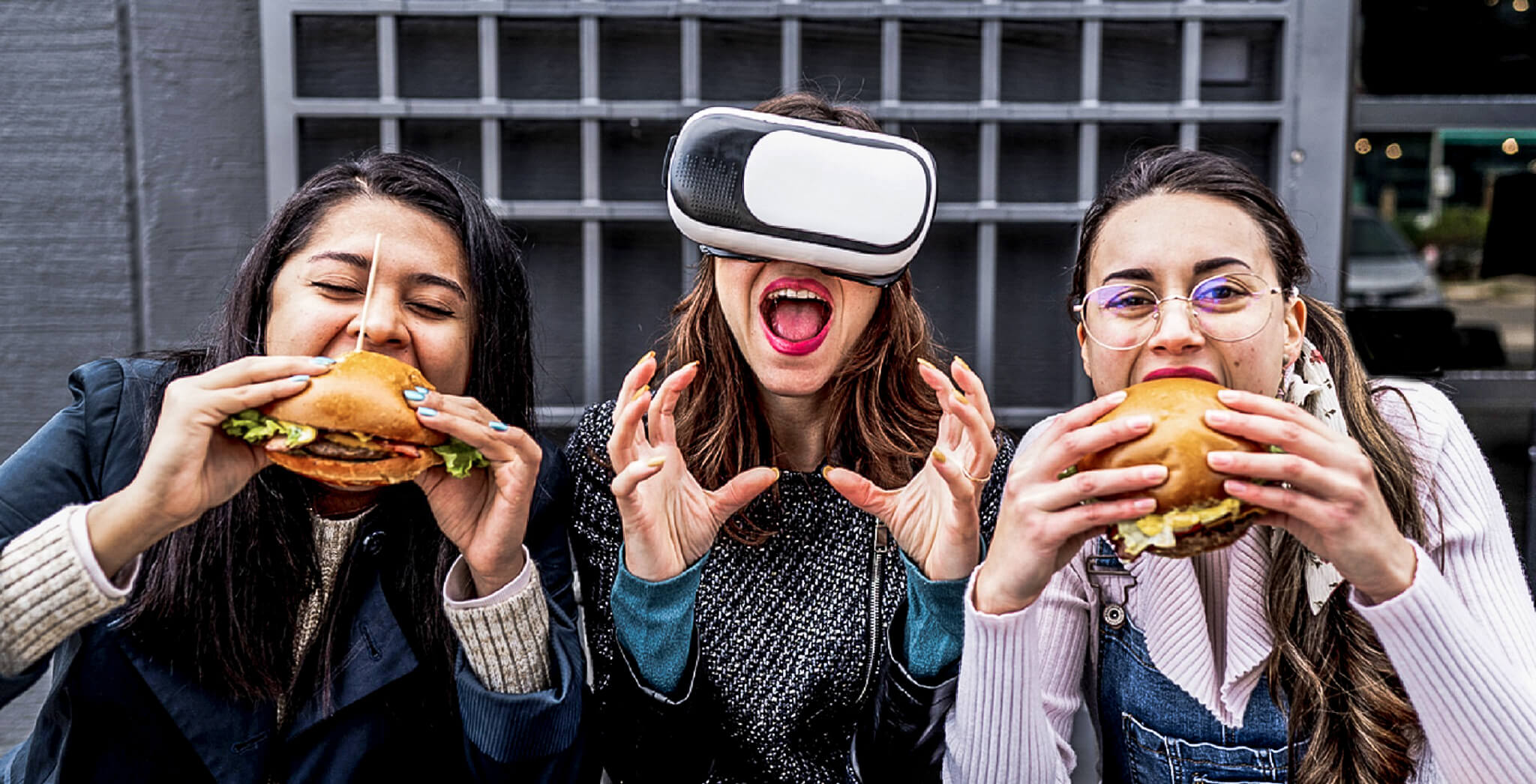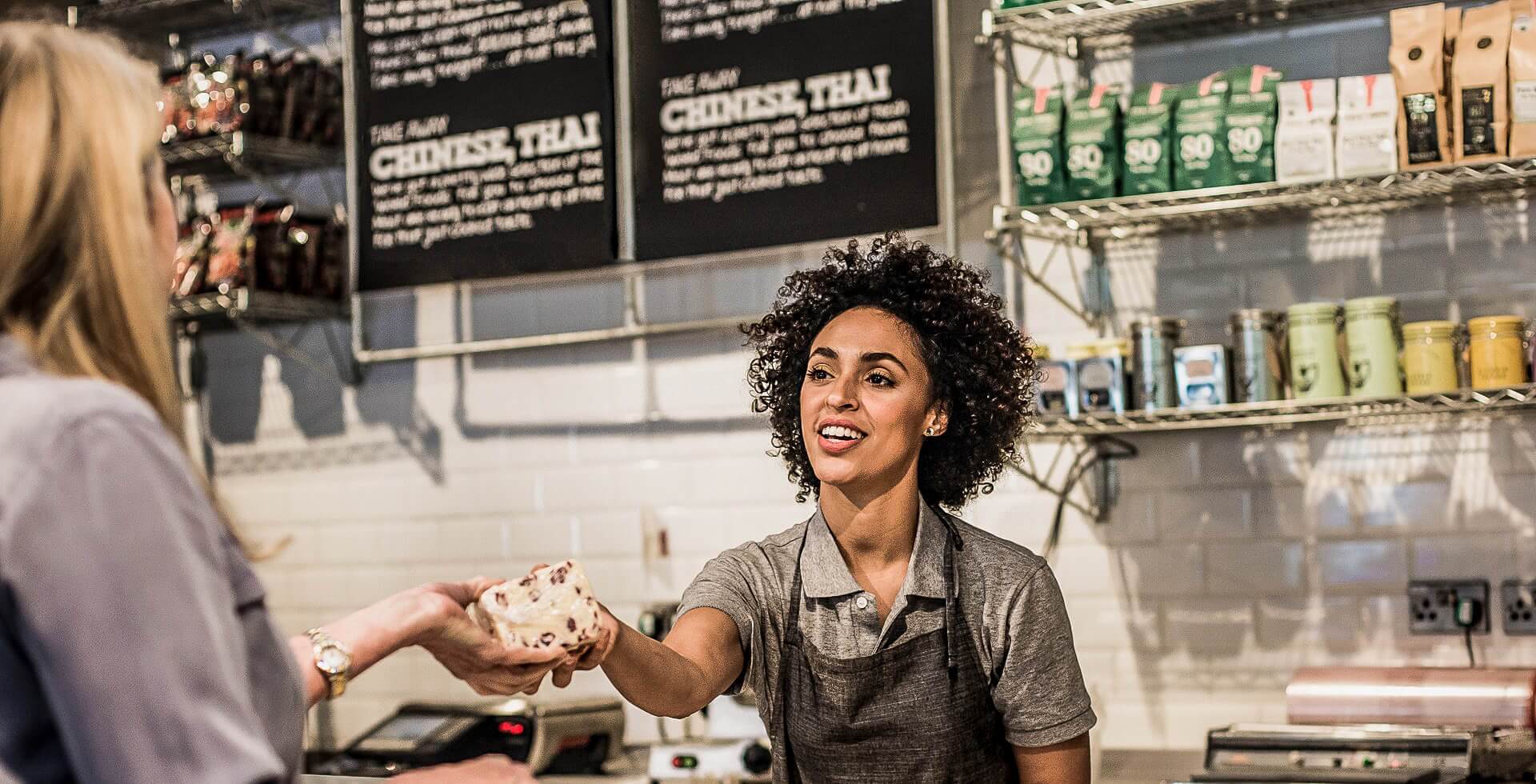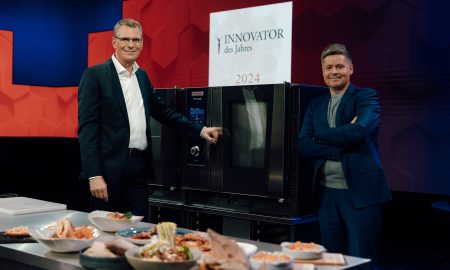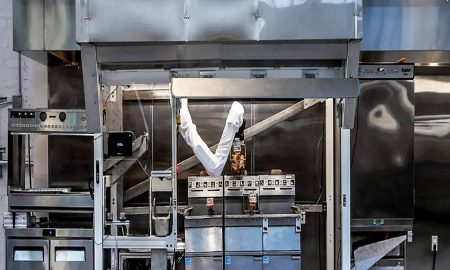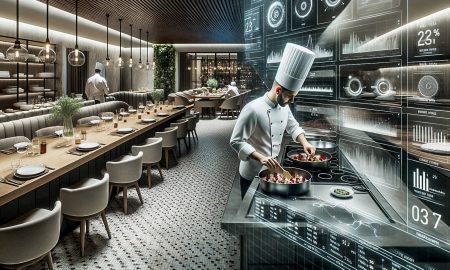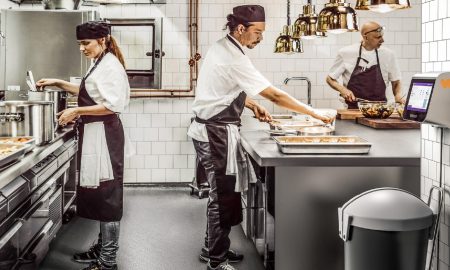We are living through some huge technological changes at the moment that promise to impact how we experience life and make transactions in the hospitality sector. Talk of NFTs (non-fungible tokens – unique digital identifier that cannot be copied or changed and whose data recorded in a blockchain) and the Metaverse can easily climb to fantastical heights about what is possible, but the question remains: how will these new technologies affect the foodservice sector? In reality.
Early adoption of Metaverse and NFTs in hospitality
“Right now, there are some practical things and some impractical things. It’s like any other trend or fad”, says Joseph Schumaker FCSI, founder and CEO of FoodSpace, a US-based foodservice consultancy. “We’re still in the early stages of how there could be greater adoption of some of these things in the foodservice industry”.
Blockchain is already established in the food sector. It has practical use for ensuring product sourcing and supply chains. “There have been some big investments from some of the big players”, says Schumaker. “Sysco Foods (a major wholesale restaurant food distributor) has had some sort of blockchain tracking mechanism for shellfish, proteins, and some produce for the better part of a decade. It’s the digitization of what used to be a manual process”.
So, when it comes to paying for goods and services will we see the day when crypto currency or will be accepted without question?
Sieh dir diesen Beitrag auf Instagram an
“Again, it’s all down to convenience and digitizing the process”, says Schumaker. “Unless you’re trying to be in the digital or crypto currency business then the consumer can bring whatever currency they want to use and just digitize the process of the transaction, i. e., the wallet. In that moment why does it matter if it’s crypto or a credit card or linked to cash in a bank account, the transaction is still a digital NFT. Every consumer will have a different opinion on whether they trust crypto, I don’t want to be in the business of telling people they have to use crypto currency”.
Virtual restaurants in the Metaverse
That said in the very early days of Bitcoin (2010) Schumaker ran the concessions at the San Jose Earthquakes arena. Due to a sponsorship deal between the soccer team and Bitcoin it became the first sports venue to accept crypto currency. It involved scanning a QR code at the kiosk and back then Bitcoin did the conversion and transferred the funds from their account to his. At the time his bank (Wells Fargo) had no idea how to deal with the crypto currency and Schumaker even had to ensure that it was legal to buy alcohol with Bitcoin.
Sieh dir diesen Beitrag auf Instagram an
Since Kevin Seo and Andy Nguyen, set up Bored and Hungry, the world’s first non-fungible token (NFT) restaurant, in Long Beach, California (with a theme based on the Bored Ape Yacht Club NFT collection), many food organizations have cottoned on to the idea of using NFTs to act as memberships or issue customers rewards, such as a free drink or private experience. The advantages of these types of digital assets are limitless.
Sieh dir diesen Beitrag auf Instagram an
Two celebrity chefs Tom Colicchio and Spike Mendelsohn set up CHFTY Pizzas, a collection of NFTs on the Ethereum blockchain. Their intention is to build a bridge between the F&B industry and Web3. There are 2,777 unique NFTs, each featuring a cartoon-like image of a pizza slice, each with its own characteristics. Ownership of the CHFTY Pizzas NFTs allows access to cooking classes, merchandise, and pizza parties with Mendelsohn, Colicchio, and other celebrity chefs.
“This allows a restaurant to grow far beyond the boundaries of its on-site business,” Colicchio said at a virtual meeting hosted by American food tech company The Spoon in early 2022. This is an aspect of NFTs may an operator would be interested in pursuing.
Indeed 2022 saw many major American brands – both in the restaurant industry and outside of it – apply for trademarks within the metaverse. This was motivated mainly motivated by the desire to protect their brand rather than the intention intention of setting up shop in the Web3-verse. However, some brands have begun experimenting with the metaverse by creating virtual worlds. From being able to play interactive games with Chipotle and Wendy’s, to getting married at a Taco Bell in virtual reality.
Sieh dir diesen Beitrag auf Instagram an
Virtual space for training hospitality staff
However, Schumaker is skeptical about the practicalities of a virtual restaurant in the Metaverse. “You can’t eat a virtual cheeseburger”. Where he sees the real value is in training.
“The way we use augmented reality (AR) and virtual reality (VR), the way we interact as humans in a digital world, the digitization of how we design and how that works down the line”, he says. “Technology has come a long way. We can create completely virtual training and envisioning, and also taking our message and creating a digital platform for whatever that is”.

Image: AdobeStock | WrightStudio
In the restaurant world staff turnover can be high so the advantage of scanning a QR code on a piece of kitchen equipment, slipping on the goggles and taking part in a video or ‘real world’ training session is invaluable and as Schumaker states. “It is something that we could all be doing right now. The technology exists and it’s not terribly expensive”.
By the same token the technology could simplify repairs when things go wrong. “Rather than fly a certified technician out from Italy to fix a pizza oven in New York. They have the goggles on, you have the goggles on, they can see what you see that’s just practical. It saves $2,000 in travel costs alone”, says Schumaker.
The impact on kitchen design
And when it comes to designing a commercial kitchen space, walking through a kitchen design before the cost of building out must present a huge advantage, “This is what FoodSpace has been doing for four years”, explains Schumaker. “Every single project is run through the VR at three different stages. At each stage we get to different levels of detail so by the time we put out construction documents the client has been through a full realistic virtual reality experience – either through Zoom or by putting goggles on”.
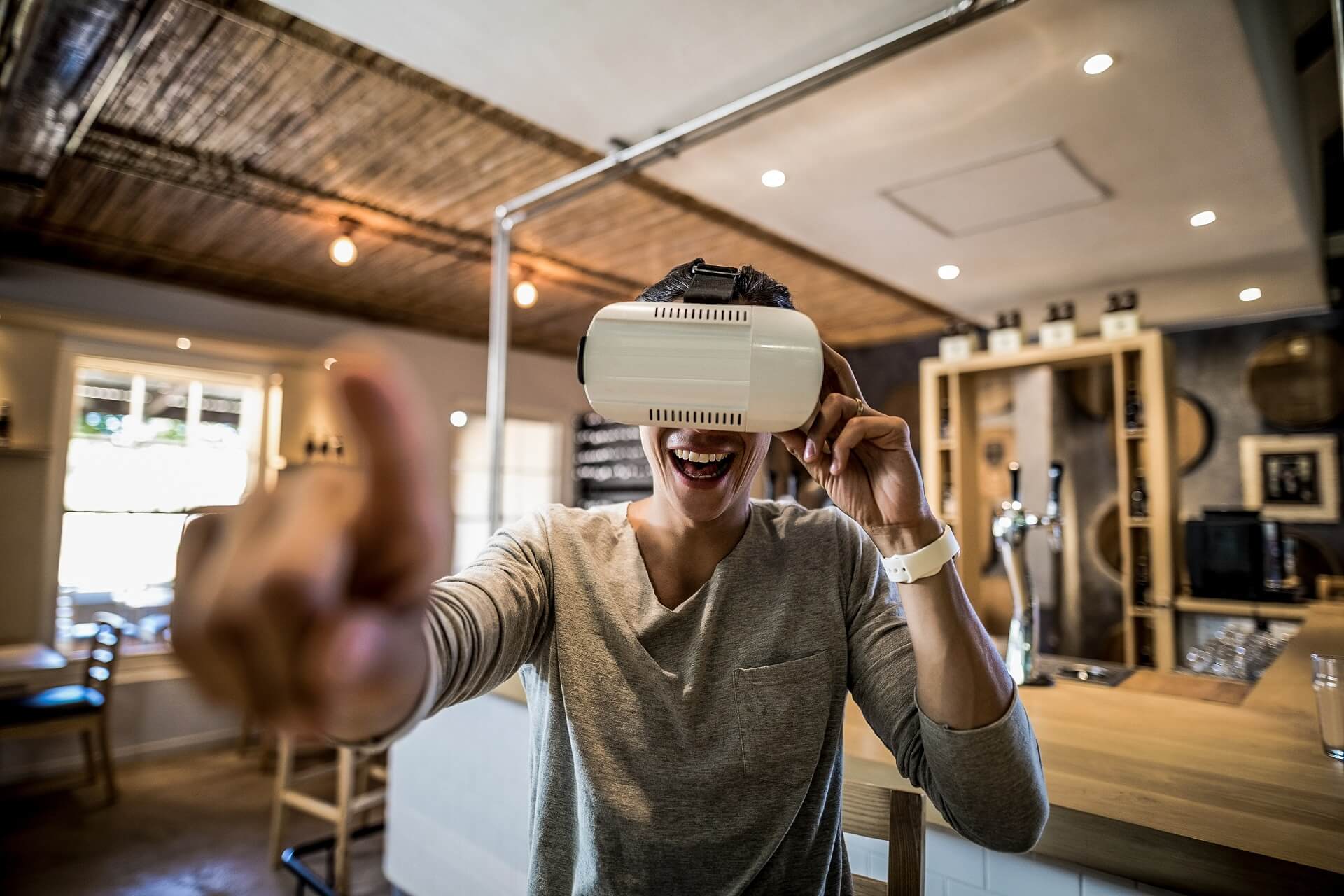
Image: AdobeStock | wavebreak3
And as is the way of technology, it is getting cheaper. As Schumaker says: “We are working on shipping a set of goggles to our clients. We’ve just done the Adobe North Tower in San Jose. It’s a $1.5bn project. We can spend $300 on a set of VR goggles for the client. Cost is no longer a barrier to entry”.
And, although we cannot all eat at a virtual restaurant, perhaps we could bring food into the virtual space by sharing a virtual cookery class. “It’s the Peloton version of a cooking class, goggles on, ingredients bought ahead of time. It’s a brilliant example of something that the Metaverse could do. But is that foodservice?” Schumaker asks.
When it comes to new technology finding the practical applications among the pipedreams will continue to exercise us. Some will stick, some will not. “It’s all about what consumers will adopt because it saves them either time or money,” says Schumaker. “That is the test”.


